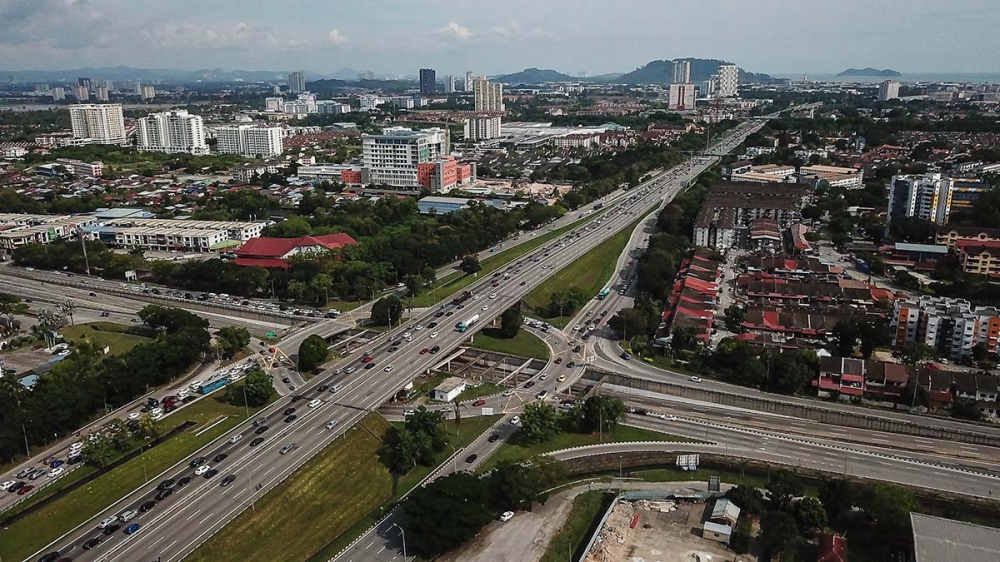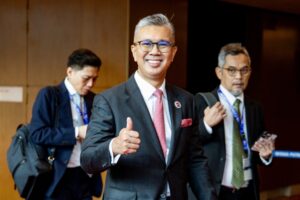KUALA LUMPUR, Sept 4 — The Penang government has defended its emphasis on large-scale infrastructure projects such as flyovers, underpasses and the light rail transit (LRT), asserting they are essential to easing traffic congestion despite criticism from activists and transport experts calling for more affordable alternatives.
State transport executive councillor Zairil Khir Johari said Penang’s challenges stem from underdeveloped infrastructure and limited land, making road projects critical to dispersing traffic, in a report Free Malaysia Today.
“It’s easy to say let’s have more buses, but unless these buses are flying, they need to use the same roads as well,” he told FMT.
“These experts who say flyovers and underpasses don’t solve problems should also tell us what else can be done.”
Zairil was responding to concerns that the state was prioritising mega projects at the expense of cost-effective solutions.
Transport consultant Wan Agyl Wan Hassan had argued that flyovers and underpasses merely shift congestion rather than resolve it, while former economist Lim Mah Hui warned that scaling down the LRT project to meet budget constraints could turn it into a “white elephant.”
Zairil dismissed Lim’s remarks, describing him as a habitual naysayer whose past predictions had missed the mark.
“(Lim) also said the Spice Convention Centre would be a white elephant and that Penang didn’t need a large convention centre. But due to overwhelming demand, even bigger centres have since been built. So I wouldn’t take what he says seriously,” said Zairil.
He added the Penang Transport Master Plan (PTMP) was grounded in the 2013 Halcrow Plan, which he described as “high-level and conceptual,” while the PTMP itself was more practical and implementation-focused.
Despite the criticism, Zairil maintained that the state government remains committed to improving road infrastructure, enhancing public transport, and introducing systems like the LRT to move commuters more efficiently.
“Addressing congestion is a top priority,” he said. “That’s why so many resources are being put into it.”






